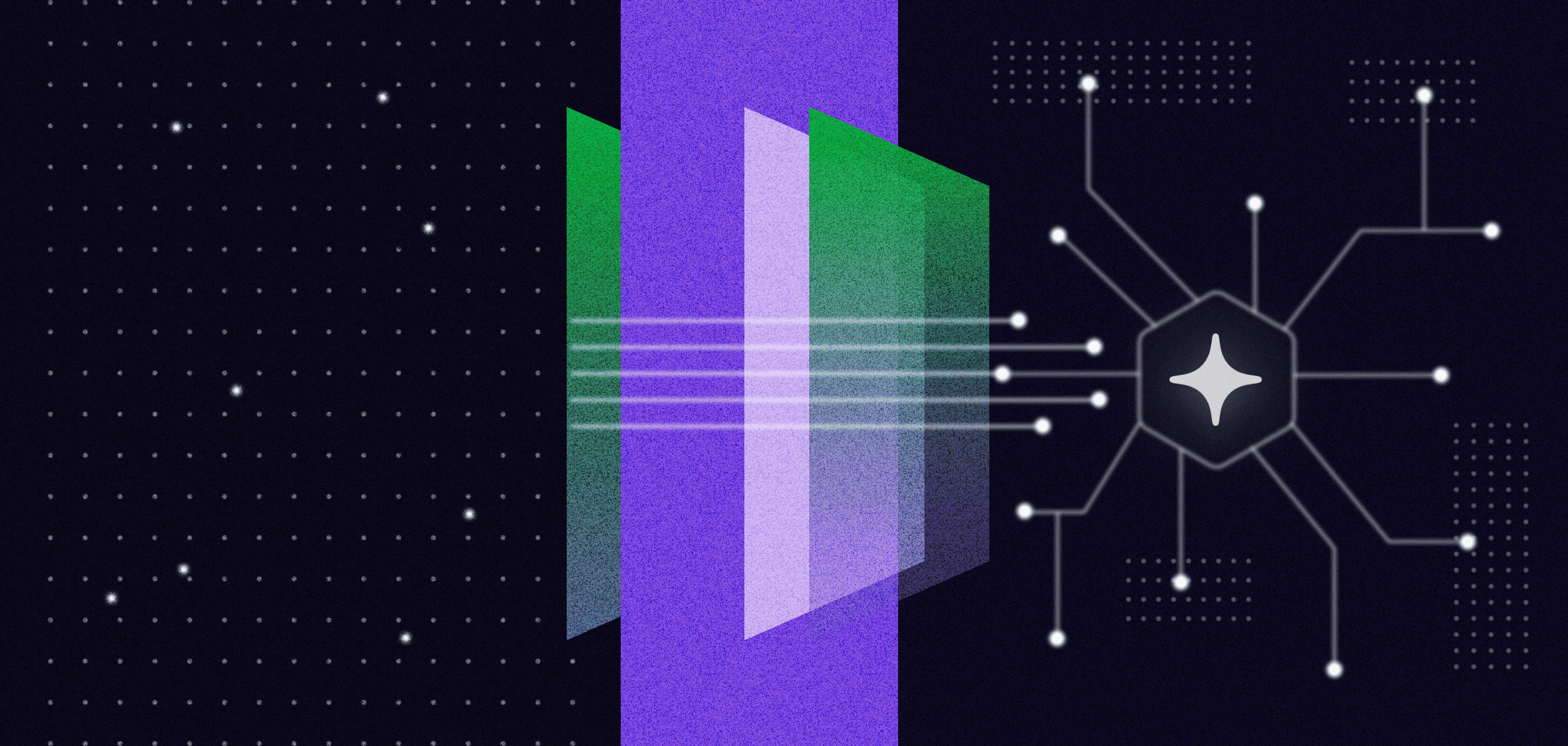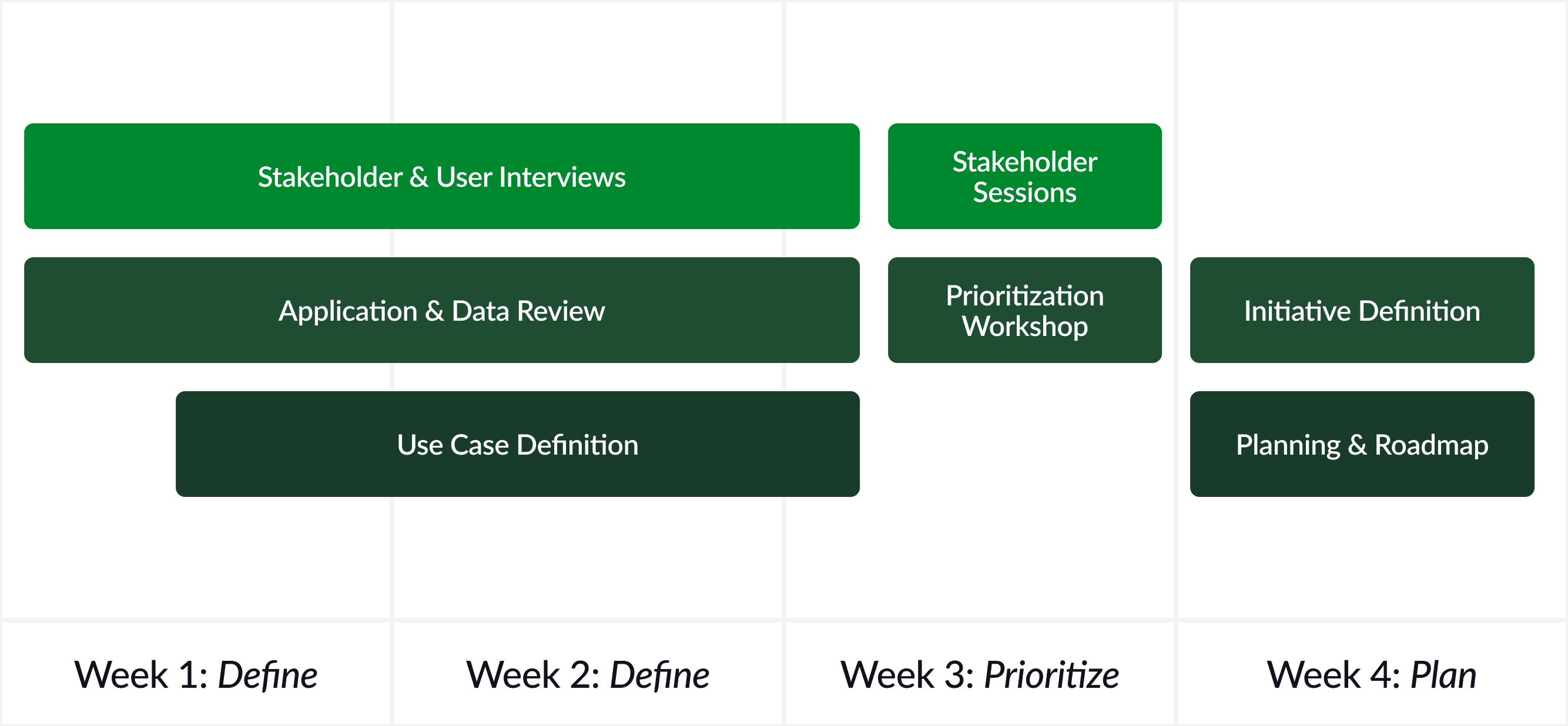
Since OpenAI released ChatGPT to the public in November of 2022, most companies - from start-ups to global enterprises - have raced to figure out how to use an ever-expanding set of AI tools, models, and libraries to accelerate their processes, enhance their products, and drive their companies forward.
As AI tools rapidly evolved from interesting conversation pieces to true business enablers, many companies executed scattershot AI experiments and pilots. More than two years later, few of these programs actually reached production.
This isn’t surprising. AI projects, despite their immense potential, have developed a reputation for a remarkably high failure rate. In fact, research by the Rand Corporation in late 2024 suggested that at least 80% of AI projects fail - a rate more than double that of more ‘traditional’ IT projects.
So, how can companies beat these daunting odds and increase their AI program success?
Six Best Practices
At MojoTech, our teams have worked with our clients to define, design, build and launch hundreds of successful digital projects. We’ve focused on building the right product - and building it right - as the core of our approach.
As an increasing number of our projects have become “AI-enabled”, we've seen that many of our lessons learned from traditional product development – particularly those around managing complexity and ensuring alignment – apply directly to AI projects, but with several unique and amplified challenges.
Working with our clients, we’ve identified 6 best practices that we incorporate into our product development processes:
- Define the Opportunity Up Front: Companies often jump into AI without a clear understanding of what specific problem they are trying to solve - or whether AI is even the right solution. This leads to challenges in prioritization, decision making, funding, and delivery. Starting programs with a clear definition of the program purpose and a set of expected outcomes provides a “North Star” that guides the program from definition to launch. With that guide, we define the people, process, data, and technology solutions - including AI - that will achieve those goals most effectively.
- Quantify the Business Value: In the excitement of the ‘art of the possible’, companies can get caught up in implementing the latest AI tool, model, or feature, rather than focusing on how the program will deliver measurable value to the company and their users. Starting with an ROI-focused business case and Specific, Measurable, Achievable, Relevant, and Time-bound (SMART) goals helps the enterprise and the development teams stay focused, judge progress, and target trackable, realistic delivery points.
- Build Prototypes Early: Building an AI-enabled call-defection chatbot may have an ROI model that reduces labor costs, but if users won’t interact with it, you’ll lose more customers than you help. Incorporating user testing and feedback early in the program allows companies to assess potential end-user-value and adoption. Build prototypes early, test them with real users, and incorporate their feedback into the product.
- Ensure Data Availability and Infrastructure Integration: AI-enabled solutions are not stand-alone. Without secure data access, and clean, well-organized data, AI solutions can produce biased, inaccurate, or irrelevant results, undermining their utility and trustworthiness. In addition, deploying, monitoring, and maintaining AI models in production can be complex. Successful AI initiatives prioritize data availability, system access, and operations as a core part of the engineering effort.
- Architect for Change: AI platforms have evolved more in the last three months than most enterprise platforms have in the last three years. Architecting the solution from the beginning to support changes in tools and platforms - from LLM providers to interface elements - is essential for the long term success of an AI product. Composable design patterns break down AI systems into smaller, manageable pieces, allowing you to easily swap, update, or combine them for flexibility to adapt to change.
- Develop Expertise, Not Just Software: Ultimately, AI-enabled products will need to be managed, maintained, and enhanced over time. With a field as rapidly evolving as AI, building your own capabilities through experimentation, training, and co-development is as important building the product itself. MojoTech prefers to deliver projects with blended client/MojoTech teams and cross-functional working groups - building not just a great product, but also the expertise that allows our clients to support a great solution.
The AI Accelerator Workshop
Implementing these best practices can challenge organizations, especially those eager to move quickly. That's why MojoTech developed a rapid AI-strategy accelerator to help you put these principles into action.
In four weeks of working sessions and workshops, we partner with our clients to review the enterprise landscape, identify the highest value AI business opportunities, build business cases, and define the data, infrastructure, and technologies necessary to bring an AI solution to production.
Our approach centers around a 4 step process:
- Step 1: Assess the Feasibility: Understand opportunities and pain points through working sessions with users, stakeholders, and system owners.
- Step 2: Understand the Desirability: Identify high-value AI business opportunities and define the necessary data, infrastructure, and technologies. Assess existing systems and environments, and analyze the effort, investment, time, and teams neded to bring a use case to production.
- Step 3: Determine the Viability and ROI: Map the identified use cases to a cost and ROI model to determine their relative value.
- Step 4: Prioritize and Build the roadmap: Categorize use cases in a prioritization matrix and use them, along with stakeholder input, to create an initiative roadmap.

At the end of this phase, our clients are fully prepared to turn their AI aspirations into tangible results, with a set of key assets to drive the roadmap forward:
- A prioritized list of AI initiatives, with an evaluation of effort, cost, time, and ROI
- A framework for evaluating AI-initiative ROI and Goals
- An assessment of system and data readiness
- Tool and platform recommendations
- A clear, prioritized roadmap for top initiatives
Ready to get started? Contact us today to schedule a consultation and learn how MojoTech can help you drive better AI program results.